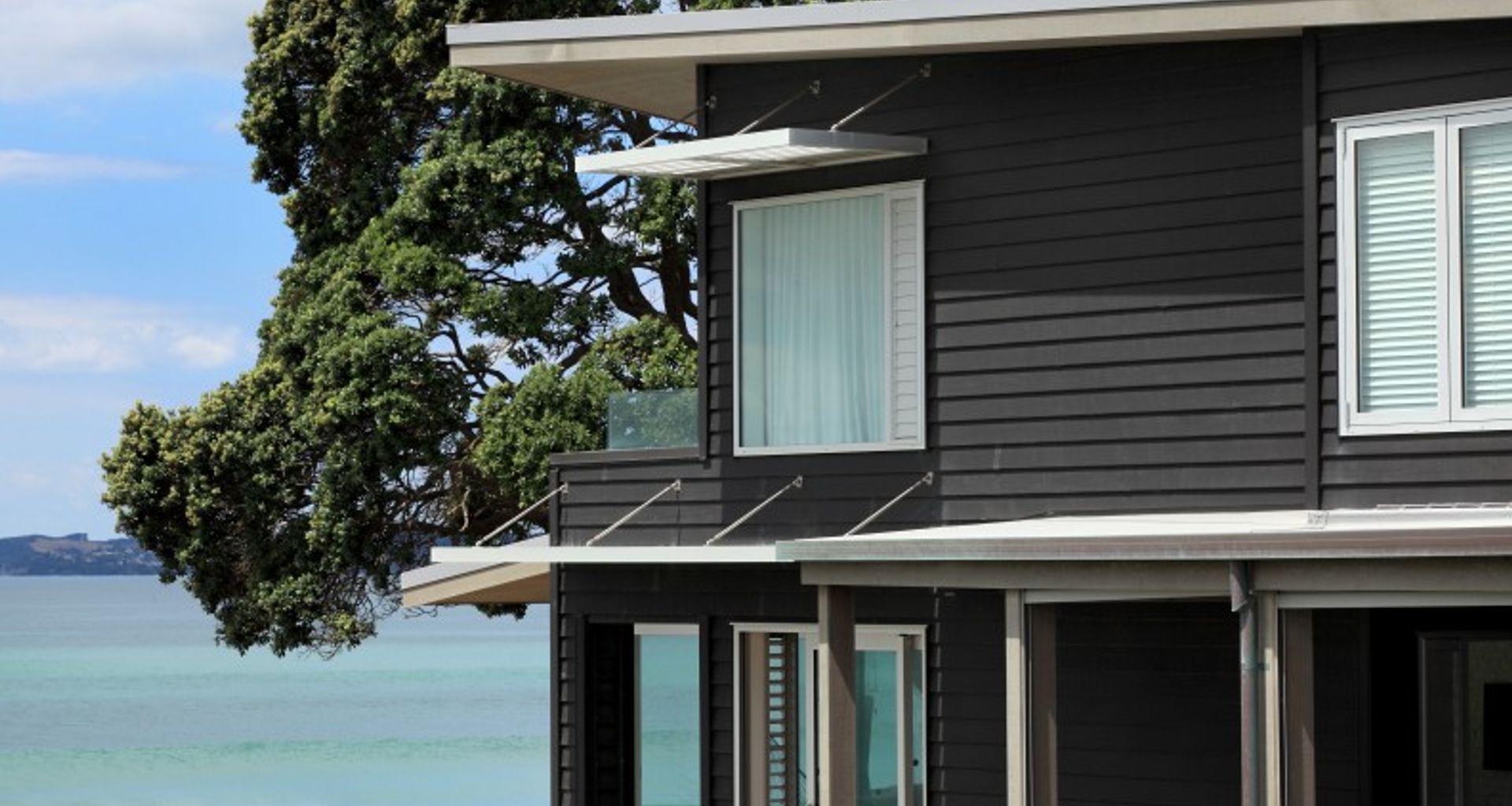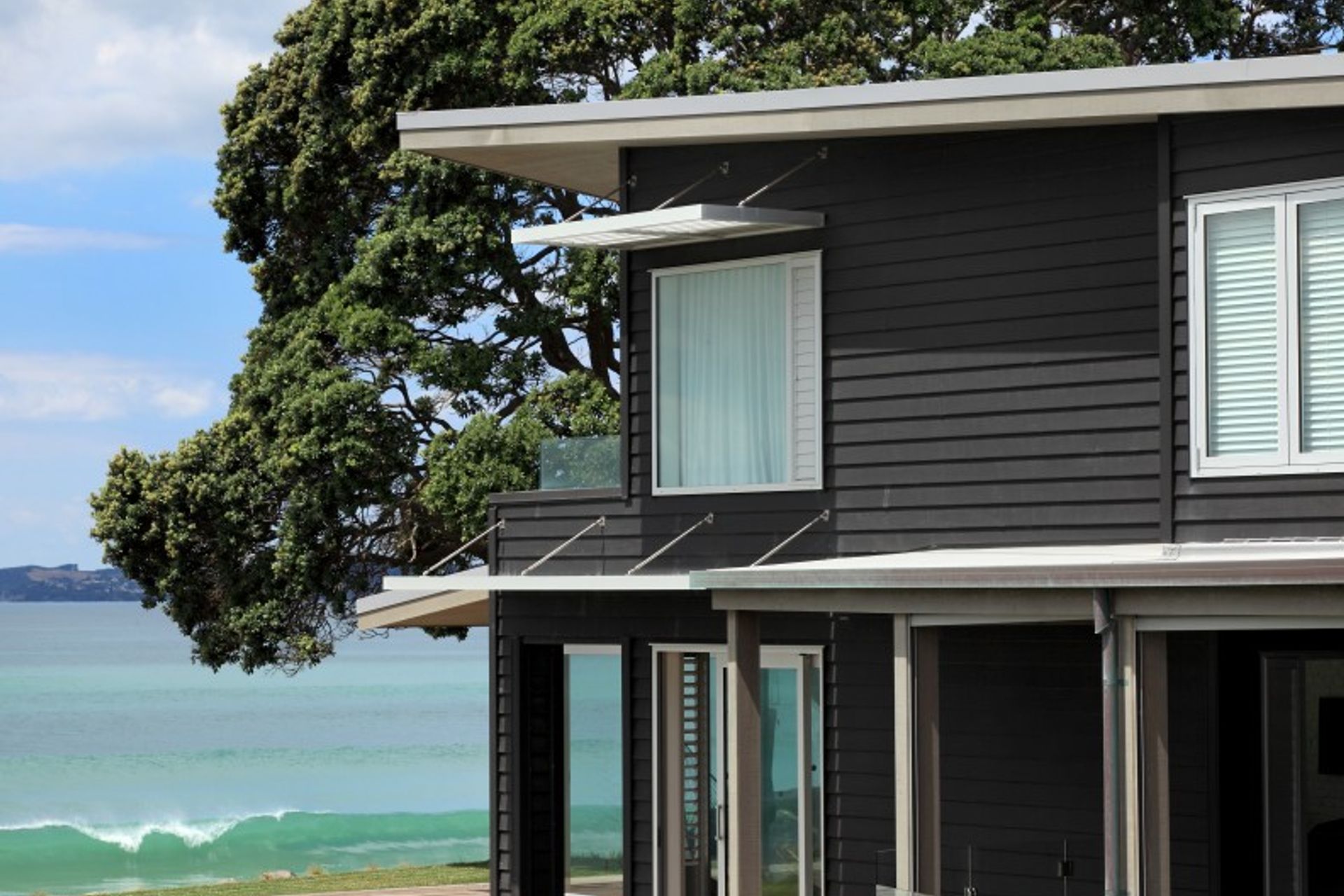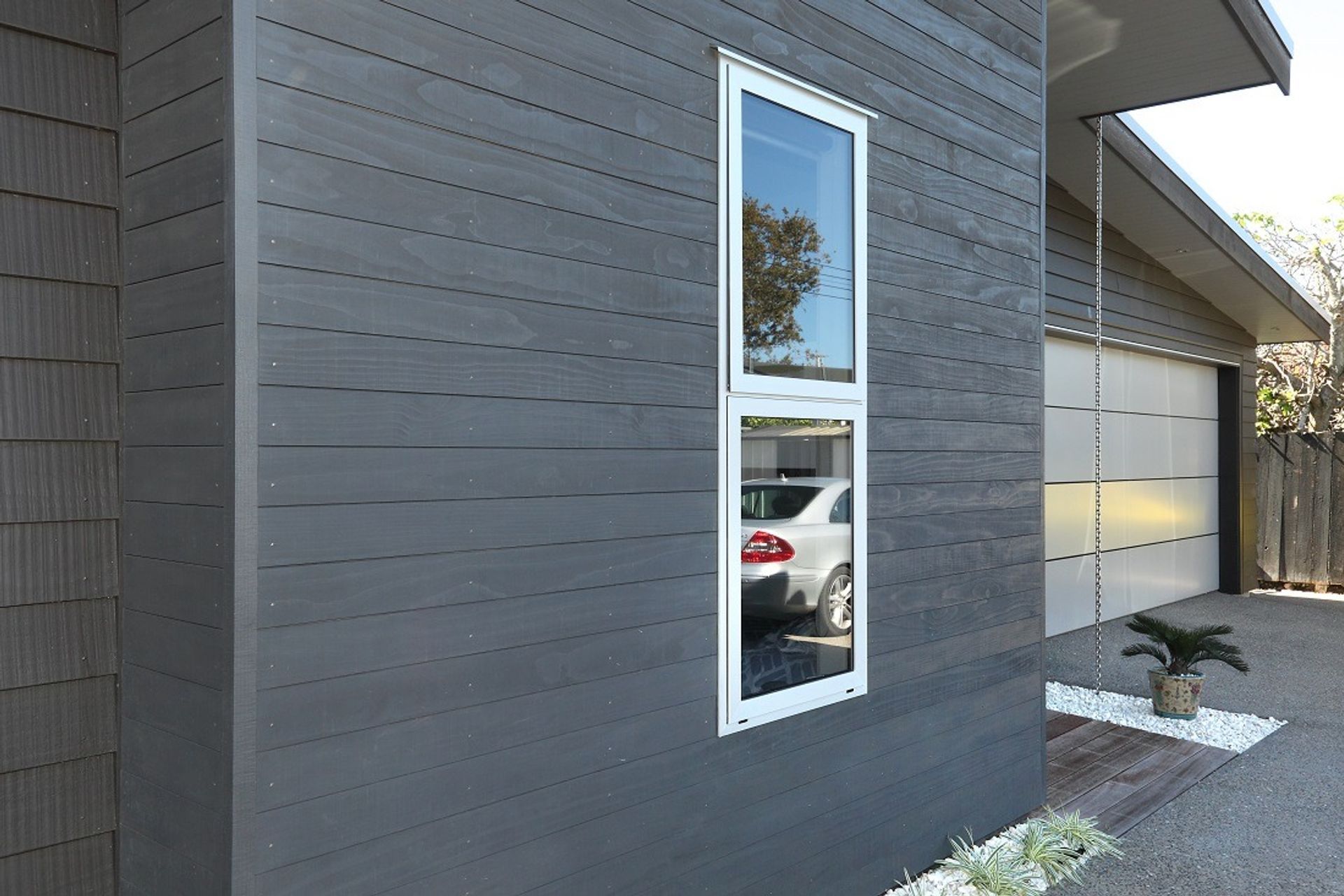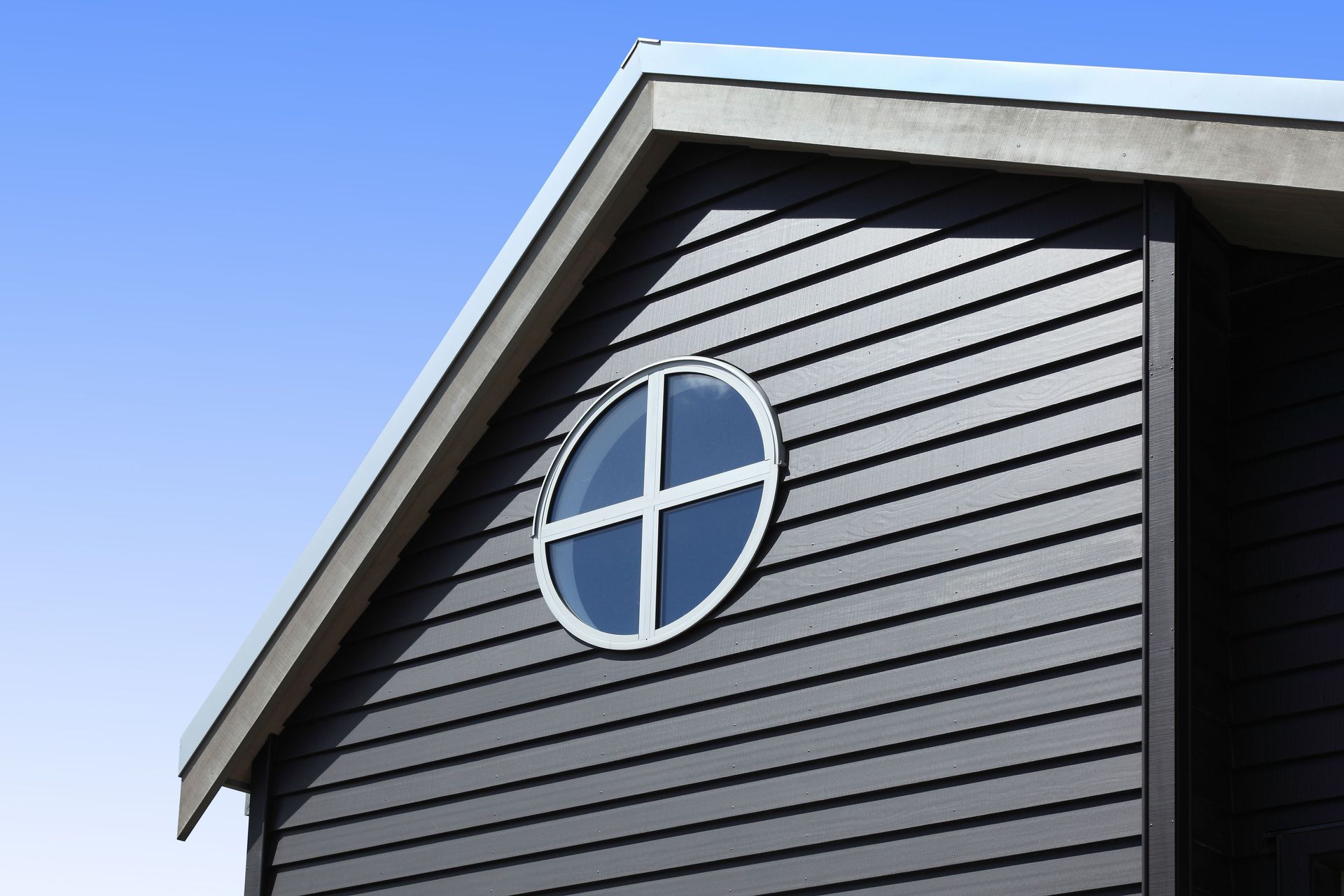A timber revolution
Written by
09 April 2017
•
4 min read

A 15-year lifespan for an exterior cladding product has been debated by many. That’s not to say, though, there aren’t much longer-lasting, durable options available. Currently, the most used timber for weatherboard cladding is plantation-grown Radiata Pine and Western Cedar. These are generally treated with conventional timber treatments to extend their durability in exterior applications.
A relatively new product on the New Zealand market has turned those conventional treatments and 15-year lifespan on its head, with a minimum 60-year lifespan and a chemical-free treatment process. Known as Accoya, it offers an alternative to the use of old growth or tropical hardwoods, both of which are growing in price, and traditionally-favoured chemical treatments.
“New Zealand does, unfortunately, have a history of using preservative-treated Radiata pine, especially at the lower end of the market,” Timspec‘s Jonathan Rugg says.
Despite the science behind a natural and safe alternative to work with timber being developed in the 1920s, it has not been utilised commercially until very recently in New Zealand, and, while its use is now becoming more widespread, it remains a high-end product.
Accoya is developed with this nearly century-old process. Known as acetylation, it sees fast-growing softwood converted into a timber with the characteristics of a hardwood, without the use of chemicals. The process of acetylation increases the proportion of the acetyl group of molecules in the timber and replaces the hydroxyl molecules. Acetylation was first developed in New Zealand nearly a century ago but due to the inhibitive costs of turning it into a commercial reality, it was left untouched until the Dutch government co-funded a research plant and bought the rights to the technology some decades ago, turning it into a viable commercial operation.
In New Zealand, Timspec works with Dutch company Accsys Technologies to bring Accoya into the country. “Accoya is an FSC-certified New Zealand Radiata pine that is put through the acetylation process,” Jonathan says. “This turns it into a product that has the characteristics of a hardwood, without chemical intervention. Hardwoods are traditionally very slow growing and generally not from sustainable sources, so this is a really unique product.”
No chemicals or other substances are added to the timber during acetylation. Instead, natural wood compounds are taken from the wood, converted, and then added back to the timber. “What this means is that the timber is very durable, as well as being very stable (hence dark colours being able to be used) and comes with a minimum 50-year guarantee in above-ground applications.”
Accoya has been extensively tested in New Zealand for durability and stability and found to match and exceed the performance of nature’s most durable woods, including Teak and Oak.
In the Netherlands, Accoya has been used to line the country’s numerous canals, and in those underwater applications, it has an 80-year guarantee. “Accoya remains stable in extreme conditions, even when painted in dark colours,” Jonathan says. “Along with its extensive durability and better performance, because there are no toxins or chemicals in the wood, it is completely safe to handle and is ideal for public spaces, such as seating, decking and handrails, or for playground equipment.”
Overseas, particularly in the United Kingdom, Accoya is being used extensively for joinery. Due to the acetylation process, the timber is very porous, helping it to achieve much higher thermal properties than aluminium. In New Zealand though, Timspec is seeing the increasing use of Accoya developing in the form of weatherboards, in commercial cladding, and also in cabinetry, where is it popular because of its increased stability, allowing it to be cut in intricate detail and retain sharp edges.
Aesthetically, Accoya looks no different to standard Radiata pine, and requires little maintenance over its lifetime. It can be left uncoated or painted, and will silver and weather over time, but will not rot. If it is coated, stained or painted, it will need only the standard maintenance recommended for these products to keep its aesthetic appeal.
Acetylation is an innovation and a true step towards sustainability in the New Zealand market. It’s a product that’s well worth considering if you’re looking for a safe, durable alternative to traditional materials. Get in touch with Timspec on ArchiPro here to discuss the possibilities of Accoya.


